Tatyana Sopronyuk - 150 C++ Programming Assignments. Variants of tasks & Examples of Code
Here you can read online Tatyana Sopronyuk - 150 C++ Programming Assignments. Variants of tasks & Examples of Code full text of the book (entire story) in english for free. Download pdf and epub, get meaning, cover and reviews about this ebook. year: 2015, genre: Computer. Description of the work, (preface) as well as reviews are available. Best literature library LitArk.com created for fans of good reading and offers a wide selection of genres:
Romance novel
Science fiction
Adventure
Detective
Science
History
Home and family
Prose
Art
Politics
Computer
Non-fiction
Religion
Business
Children
Humor
Choose a favorite category and find really read worthwhile books. Enjoy immersion in the world of imagination, feel the emotions of the characters or learn something new for yourself, make an fascinating discovery.
- Book:150 C++ Programming Assignments. Variants of tasks & Examples of Code
- Author:
- Genre:
- Year:2015
- Rating:5 / 5
- Favourites:Add to favourites
- Your mark:
150 C++ Programming Assignments. Variants of tasks & Examples of Code: summary, description and annotation
We offer to read an annotation, description, summary or preface (depends on what the author of the book "150 C++ Programming Assignments. Variants of tasks & Examples of Code" wrote himself). If you haven't found the necessary information about the book — write in the comments, we will try to find it.
Object-oriented programming is based on the concept that a program can be created as a collection of objects working together. This methodology focuses on the connections between objects rather than the details of their realization. All the OOP languages are based on three main ideas: encapsulation, polymorphism and inheritance.
In C++ encapsulation is realized with the help of classes. Access to the code and data within the capsule is controlled by an interface which is given to the user.
The purpose of polymorphism, according to OOP, is the usage of one name for the task of the actions, general for the class. The exertion of every concrete action will be defined by the type of the data. In more general sense the concept of polymorphism means that it is possible to create general interface for the groups, common by the content and not by the realization of actions.
The main thing in polymorphism is the fact that it allows to manipulate with the objects of different complexity by means of creating for them general standard interface for the realization of identical actions.
The inheritance is a process with the help of which one object acquires the peculiarities of the other one. To be more exact, the object can inherit the peculiarities of the other object and add to them features, characteristic only for its own.
The textbook consists of 6 parts. Every part contains variants of assignments, referring to the particular theme, and the examples of the code, meant to assist the student while writing the program. Codes contain the commentaries and the results of the work.
Themes, considered in the given collection, include overloading of functions and operators, template functions, work with the structural types, creation of classes (data-member, functions-member, constructions, destructor and itc.). We also suggest creating classes (aggregation and inheritance) for the extending possibilities of existing classes and the notion of the base and derivative classes, multiple inheritance, building of the hierarchy of classes, usage of virtual functions, abstract classes, polymorphic functions, virtual inheritance.
In the textbook we have introduced the assignments for the course OOP in C++.
This textbook is intended for educational purposes.
Tatyana Sopronyuk: author's other books
Who wrote 150 C++ Programming Assignments. Variants of tasks & Examples of Code? Find out the surname, the name of the author of the book and a list of all author's works by series.

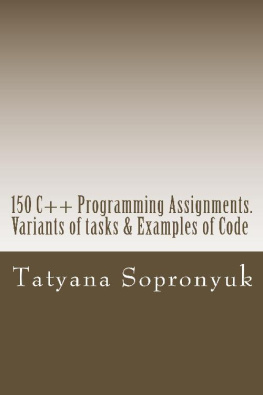
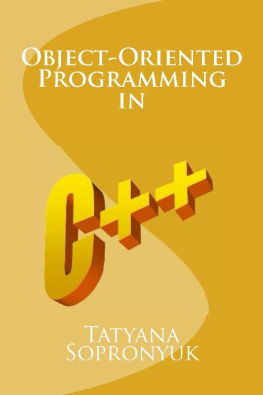
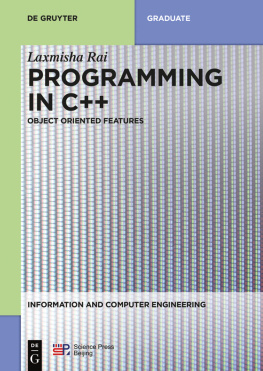
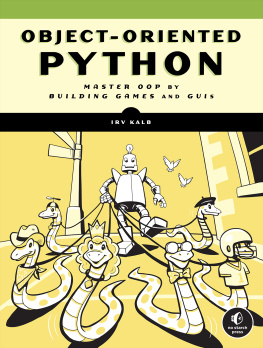

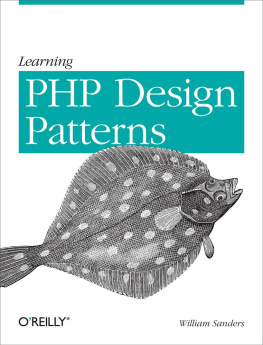
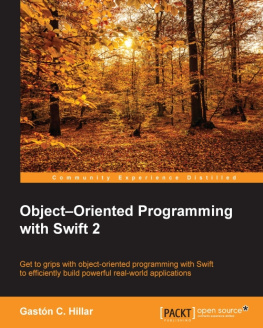
![Gastón C. Hillar [Gastón C. Hillar] - Object–Oriented Programming with Swift 2](/uploads/posts/book/119341/thumbs/gastg-n-c-hillar-gastg-n-c-hillar.jpg)
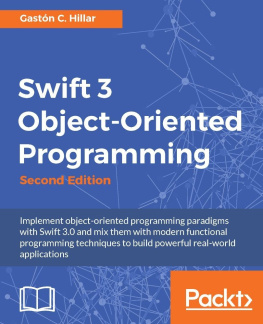
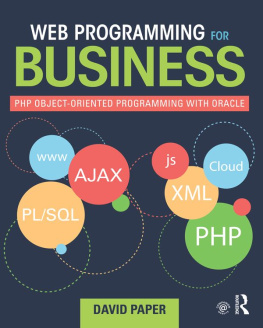
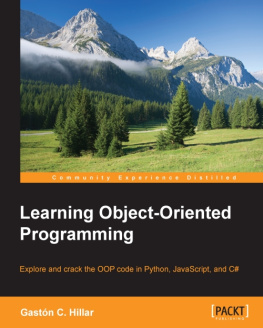
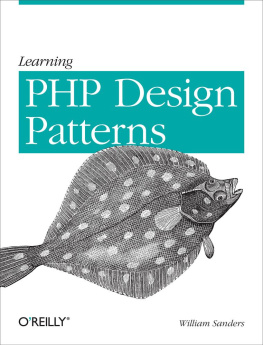
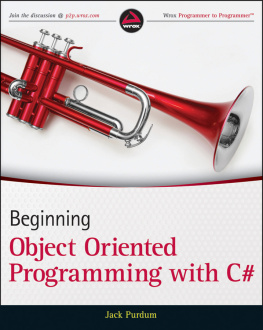
 TABLE OF CONTENTS FOREWORD Assignment 1. Overloading of operations and functions. Functions templates Variants of the tasks Examples of the code Assignment 2. Structures.
TABLE OF CONTENTS FOREWORD Assignment 1. Overloading of operations and functions. Functions templates Variants of the tasks Examples of the code Assignment 2. Structures.